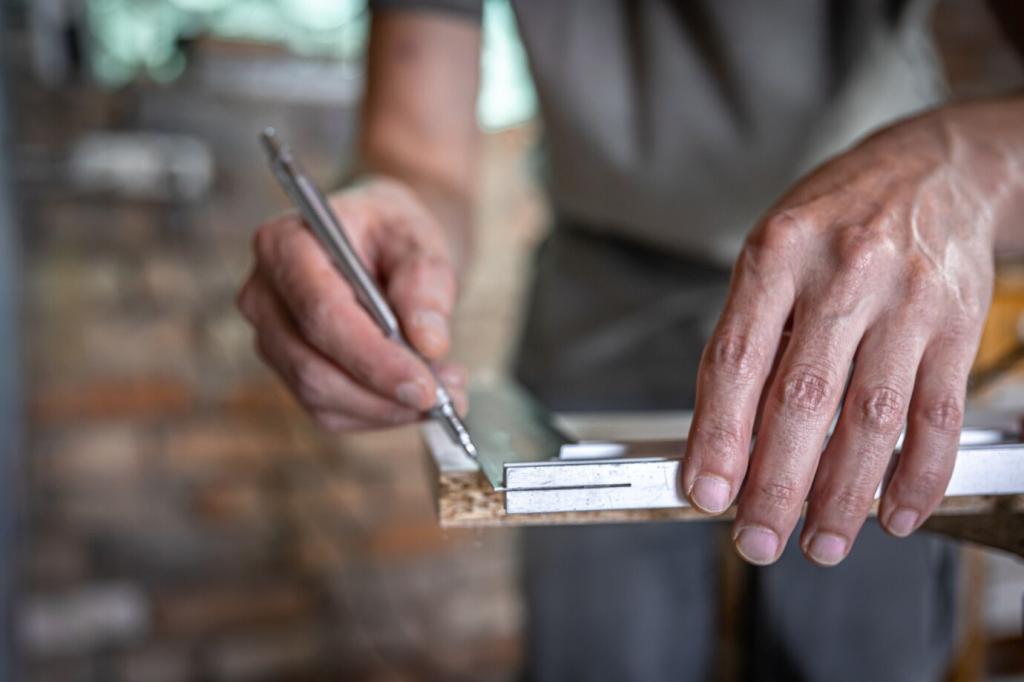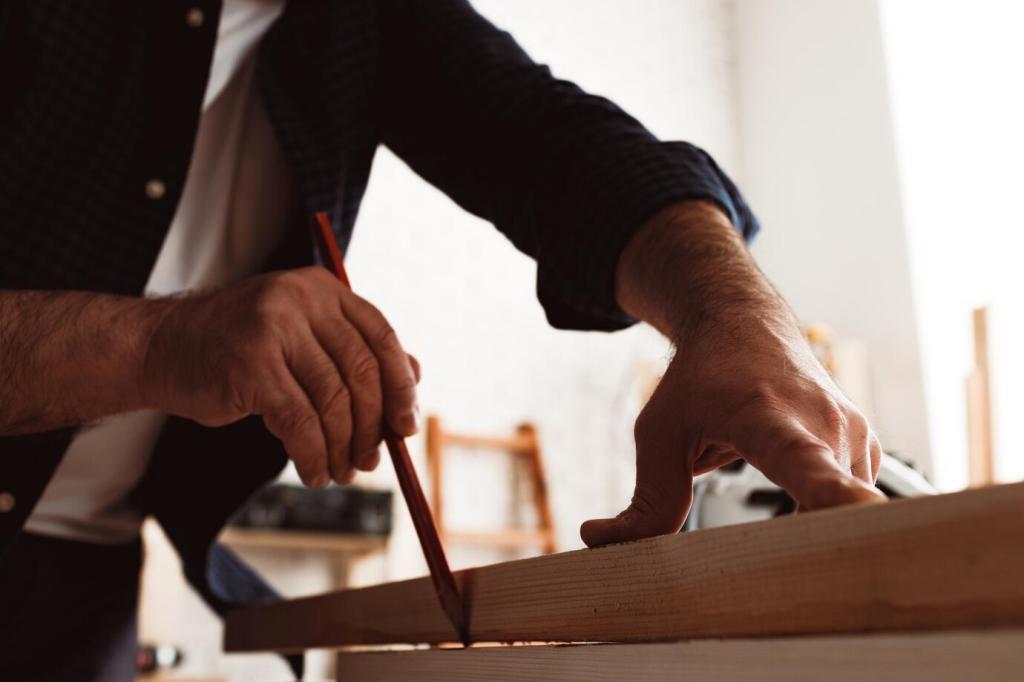Blend, Refinish, and Protect After Stain Removal
Use stain pens, wax fill sticks, or shellac sticks to nudge color where needed. Work with the grain, not across it, and feather edges lightly. I once matched a tricky walnut tone with two pens layered. What combo cracked your color challenge?
Blend, Refinish, and Protect After Stain Removal
For subtle gloss, apply paste wax and buff to a warm glow; for durable protection, consider a wipe-on polyurethane in thin coats. Let each layer cure fully. Avoid silicone-heavy polishes that complicate future repairs. Share your favorite finishing schedule with fellow readers.





